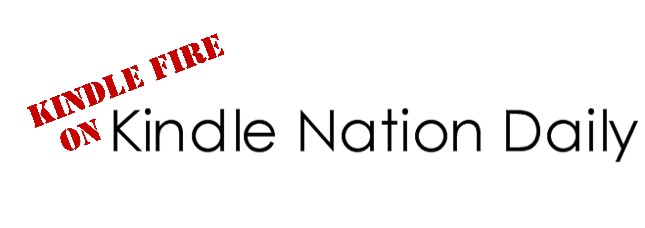Now that the Young Adult, or “YA”, genre has become so popular, many authors who originally wrote or intended to write novels for adults are turning their attentions to the YA genre—but they’re not always toning down the content to a level that’s truly appropriate reading material for young teens. Add to this teen girls’ tendency to want to appear more mature and worldly than they are—which leads to very young teens seeking out books, movies and TV shows with distinctly adult themes and content—and what you’ve got is a real problem for concerned parents. Here are some tips for sussing out adult content in books that have been classified as YA.
1. Read the book’s brief description in full.
If the description reads more like a summary of a racy romance novel than a teen novel, that should raise a red flag. For example, here’s the description of Between The Lines:
“Reid Alexander is used to getting what he wants – and what he wants next is his newest costar, Emma Pierce. The universe is lining up nicely to grant his wish, until he’s confronted with two unexpected obstacles on location: a bitter ex-girlfriend and a rival for Emma’s affections. Emma Pierce just got her big break after years of filming commercials and made-for-TV movies. Winning the lead role in a wide-release film – opposite the very hot Reid Alexander – should be a dream come true. But Emma’s heart is hiding a secret fantasy: she wants to be a normal girl.”
Words and phrases like “what he wants is his newest costar” and “very hot [character name]” merely hint at the actual content of the book, but they hint loudly enough to tell you this book has adult themes and sexual content. Even though the description ends by saying the book is “(Mature Young Adult / New Adult)”, it really shouldn’t be classified as YA at all when you look at the characters and content.
2. Search the Amazon reviews for worrying keywords and phrases.
If you click the “see all reviews” link on Amazon, in the right-hand sidebar there’s a searchbox that’s set to “search this product’s reviews” by default. You can use it to search for terms like “violence”, “graphic”, “sex”, “drugs”, or anything else you might be concerned about in your teen’s reading material. There’s a great how-to post on Digital Media Mom that describes exactly how to do this, step-by-step, if you’re not sure how to do it.
3. If it’s a Kindle book, download the free excerpt and read it.
Downloading a full sample is much better than just using the ‘Look Inside!’ feature, because ‘Look Inside!’ typically only shows the first 10-15 pages and many of those will be “front matter”: copyright page, title page, ‘also by this author’ page, table of contents, etc. Reading the full excerpt will give you a much more accurate picture of what to expect from the book.
4. Check out the Popular Young Adult Steamy Or A Bit Racy Books “shelf” on Goodreads
Some parts of Goodreads are off-limits to non-members, but this isn’t one of them. Click here to view the Popular Young Adult Steamy Or A Bit Racy Books page on Goodreads, where members have specifically listed YA books that have strong adult/sexual content, and bookmark the page for future reference.
Now that many authors and publishers are more interested in capitalizing on the YA craze than they are in properly classifying books that aren’t truly age-appropriate for young teens, the onus is definitely on parents to know what their kids are reading. Hopefully these tips will lighten that burden for you.
* * *
Tech Tip of the Week: How To Tell Your Computer’s About To Die & What To Do About It
* * *

